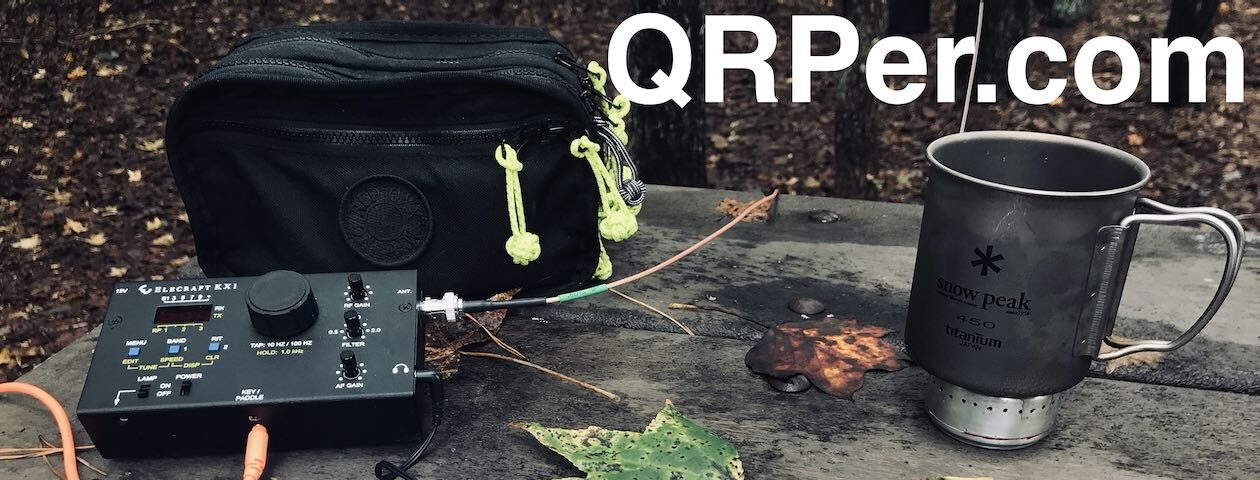 After posting my latest field reports using the Elecraft AX1 antenna, I’ve received a number of messages from new AX1 owners. All of the following have kindly allowed me to share them here with you.
After posting my latest field reports using the Elecraft AX1 antenna, I’ve received a number of messages from new AX1 owners. All of the following have kindly allowed me to share them here with you.
AX1 Patio DXing
From Michael (K1ETA):
Thomas,
I am a subscriber and an avid follower. [L]ike you, I do a lot of portable ops with various antenna setups and radios. I was recently offered an AX1 and I was told it was basically a dummy load. Having seen your videos and proof of success I accepted it and I can’t say how much fun I have with it. Yesterday, I made 22 DX contacts throughout Europe in the ARRL World Wide CW contest from my patio in my back yard with 5 watts, the AX1 and my KX2.
I would never have tried that with the AX1 had I not seen your videos. You see it is even good enough for contests if you don’t try to compete with the big guns. Listen, search and call back the stations without pileups!
Many thank for all you do and for making me an AX1 believer.
72
Michael Kenney (K1ETA)
Pairing the AX2 and Emtech ZM-2
Hi Thomas,
I just finished your video comparing the AX1 and AX2 and thought you might appreciate a solution I came up with for making my travel more compact.
I purchased the AX2 during the February sale and found it pairs well with the ZM-2 ATU for my IC-705 (wow what a mouthful of acronyms. No wonder my wife and daughter call me a nerd…). I didn’t get the tripod adapter in the sale, but found the AX2 sits perfectly on the ZM-2 which acts as a very stable stand. There is some body capacitance when tuning, but not too much. I was even able to easily tune it on 17M. I need to try other higher bands sometime.
I set it up in our breakfast nook just for kicks and sent a few JS8 and FT8 transmissions to see where I was being heard (I’ll include a screenshot). Was able to successfully send an APRS text message, and I even made an SSB contact into a special event station in Nevada!
I found a hard sided case I can store the tuner and AX2 in, which also had enough room to put in a “speaker wire” antenna as an option. Why not?
I think this may replace the AlexLoop for air travel since it’s so compact and versatile.
Hope all is well on your side of the country!
Michael – N7CCD
P.S. +16 into Michigan!
AX1 DXing
From Kevin (KD8IE):
Hi Tom,
After video about the AX1 recently, I decided to order one and it came last week.
The weather’s been kind of chilly up here. As a matter of fact, it was 41 when I decided to go out and do an activation then at Cuyahoga Valley National Park.
Well, suffice to say I made contacts with the antenna a lot farther than I expected it would be. The bands were really long. First station I worked was in New Brunswick. The last two stations were Italy and Slovenia.
73,
KD8IE
Many thanks to all of you for sharing your experience and tips using the AX series antennas!
As a reminder, Elecraft has a February promotion on an AX1 and AX2 packages that includes free shipping. There are a few days of this promotion left at time of posting.












